You can't easily do what you ask since the problem is charge gets built up on the plastic particles. Since they are all enclosed in one uniform conductor, it won't matter what the voltage of this conductor (the tank wall) is. There will still be charges on the plastic particles relative to the tank wall. Changing the voltage of the tank wall will only effect the electric fields between the tank and the ground and other things outside the tank. It won't do anything to the electric field inside the tank.
If you really wanted to counter the attractive force between the plastic particles and the metal wall, you'd have to introduce a different conductor into the tank and drive it with a voltage relative to the tank wall. One polarity will drive the particles more towards the wall, and the other will drive them away from the wall. Experimentation is the easiest way to find the right polarity.
However, even if you put a narrow cylinder in the middle of the tank and drove it with the appropriate voltage so that the particles fly off the wall, you'll have the same problem as now they'll be stuck to the center cylinder.
A different strategy would be to reduce the charges built up on the plastic particles in the first place. Plastic can shed or grab electrons as it is rubbed against other material. This is exactly what is happening as the tank is drained. Since the plastic is a good insulator, those charges stay on the particles for a long time.
The first possibility that comes to mind is to increase the humidity in the tank during draining operations. The plastic still sheds or grabs electrons, but the humidity makes surfaces a little more conductive so that these charges bleed off faster. Whether adding humidity is feasible, and whether it decreases the charge bleed time sufficiently is something you have do decide.
There are also various chemicals that essentially coat surfaces with something at least a little conductive. Again, whether you can tolerate those is something you have to decide.
